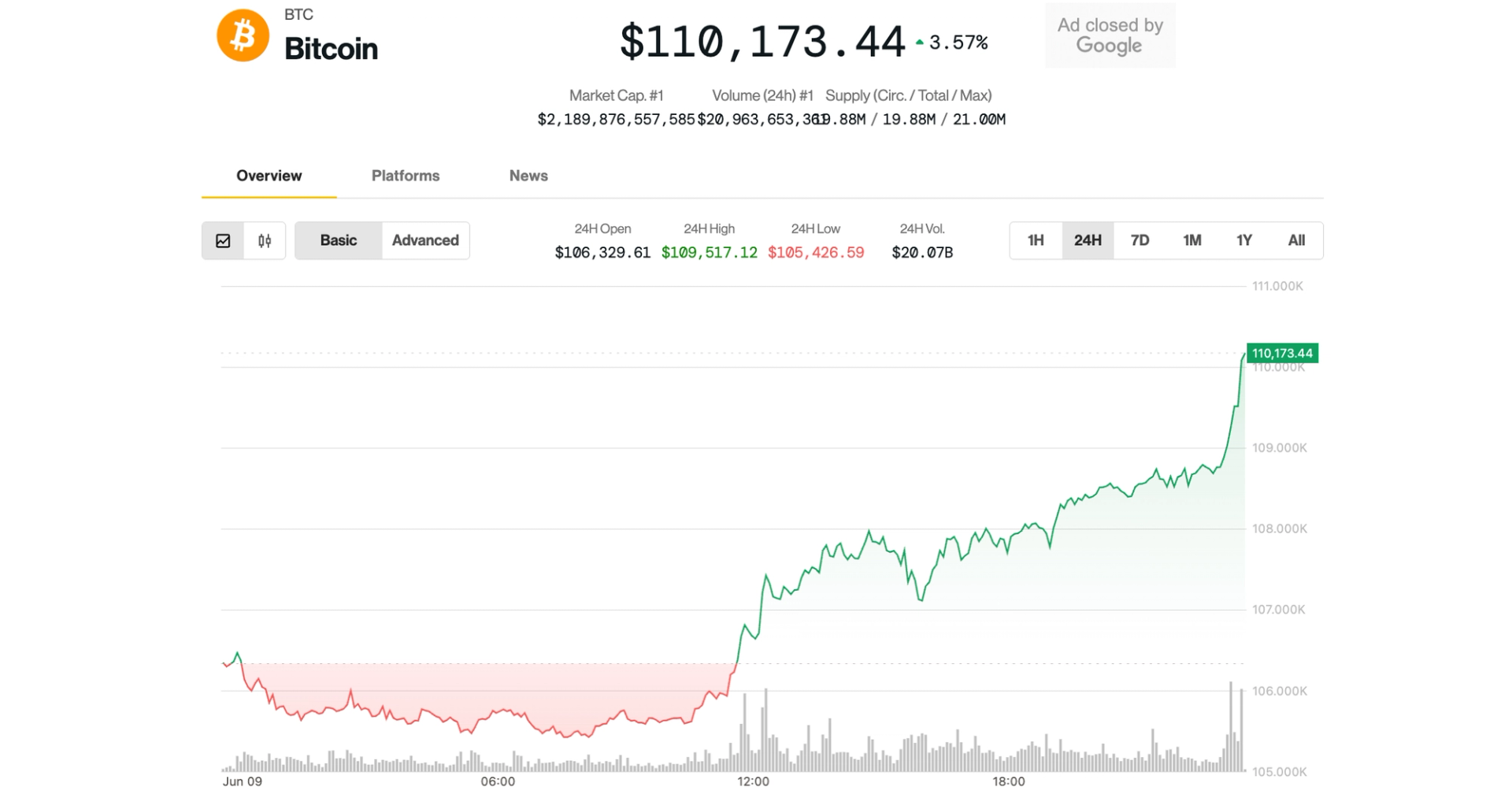
Lifelike digital humans engage with audiences in real time. Autonomous systems streamline complex logistics. And AI-driven language tools break down communication barriers on the fly.
This isn’t sci-fi. This is Tokyo’s startup scene.
Supercharged by AI — and world-class academic and industrial might — the region has become a global innovation hub. And the NVIDIA Inception program is right in the middle of it.
With over 370 AI-driven startups in the program and a 250,000-person strong NVIDIA developer community, Japan’s AI startup ecosystem is as bold as it is fast-moving.
This week’s NVIDIA AI Summit Japan puts these achievements in the spotlight, capturing the region’s relentless innovation momentum.
NVIDIA founder and CEO Jensen Huang and SoftBank Group Chairman and CEO Masayoshi Son opened the summit with a fireside chat to discuss AI’s transformative role, with Jensen diving into Japan’s growing AI ecosystem and its push toward sovereign AI.
Sessions followed with leaders from METI (Japan’s Ministry of Economy, Trade and Industry), the University of Tokyo and other key players. Their success is no accident.
Tokyo’s academic powerhouses, global technology and industrial giants, and technology-savvy population of 14 million, provide the underpinnings of a global AI hub that stretches from the bustling startup scene in Shibuya to new hotbeds of tech development in Chiyoda and beyond.
Supercharging Japan’s Creative Class
Iconic works from anime to manga have not only redefined entertainment in Japan — they’ve etched themselves into global culture, inspiring fans across continents, languages and generations.
Now, Japan’s vibrant visual pop culture is spilling into AI, finding fresh ways to surprise and connect with audiences.
Take startup AiHUB’s digital celebrity Sali.
Sali isn’t just a character in the traditional sense. She’s a digital being with presence — responsive and lifelike. She blinks, she smiles, she reacts.
Here, AI is doing something quietly revolutionary, slipping under the radar to redefine how people interact with media.
At AI Summit Japan, AiHUB revealed that it will adopt the NVIDIA Avatar Cloud Engine, or ACE, in the lip-sync module of its digital human framework, providing Sali nuanced expressions and human-like emotional depth.
ACE doesn’t just make Sali relatable — it puts her in a league of characters who transcend screens and pages.
This integration reduced development and future management costs by approximately 50% while improving the expressiveness of the avatars, according to AiHUB.
SDK Adoption: From Hesitation to High Velocity
In the global tech race, success doesn’t always hinge on the heroes you’d expect.
The unsung stars here are software development kits — those bundles of tools, libraries and documentation that cut the guesswork out of innovation. And in Japan’s fast-evolving AI ecosystem, these once-overlooked SDKs are driving an improbable revolution.
For years, Japan’s tech companies treated SDKs with caution. Now, however, with AI advancing at lightspeed and NVIDIA GPUs powering the engine, SDKs have moved from a quiet corner to center stage.
Take NVIDIA NeMo, a platform for building large language models, or LLMs. It’s swiftly becoming the background for Japan’s latest wave of real-time, AI-driven communication technologies.
One company at the forefront is Kotoba Technologies, which has cracked the code on real-time speech recognition thanks to NeMo’s powerful tools.
Under a key Japanese government grant, Kotoba’s language tools don’t just capture sound — they translate it live. It’s a blend of computational heft and human ingenuity, redefining how multilingual communication happens in non-English-speaking countries like Japan.
Kotoba’s tools are used in customer call centers and for automatic meeting minutes creation across various industries. It was also used to perform live transcription during the AI Summit Japan fireside chat between Huang and Son.
And if LLMs are the engines driving Japan’s AI, then companies like APTO supply the fuel. Using NVIDIA NeMo Curator, APTO is changing the game in data annotation, handling the intensive prep work that makes LLMs effective.
By refining data quality for big clients like RIKEN, Ricoh and ORIX, APTO has mastered the fine art of sifting valuable signals from noise. Through tools like WordCountFilter — an ingenious mechanism that prunes short or unnatural sentences — it’s supercharging performance.
APTO’s data quality control boosted model accuracy scores and slashed training time.
Across Japan, developers are looking to move on AI fast, and they’re embracing SDKs to go further, faster.
The Power of Cross-Sector Synergy
The gears of Japan’s AI ecosystem increasingly turn in sync thanks to NVIDIA-powered infrastructure that enables startups to build on each other’s breakthroughs.
As Japan’s population ages, solutions like these address security needs as well as an intensifying labor shortage. Here, ugo and Asilla have taken on the challenge, using autonomous security systems to manage facilities across the country.
Asilla’s cutting-edge anomaly detection was developed with security in mind but is now finding applications in healthcare and retail. Built on the NVIDIA DeepStream and Triton Inference Server SDKs, Asilla’s tech doesn’t just identify risks — it responds to them.
In high-stakes environments, ugo and Asilla’s systems, powered by the NVIDIA Jetson platform, are already in action, identifying potential security threats and triggering real-time responses.
NVIDIA’s infrastructure is also at the heart of Kotoba Technologies’ language tools, as well as AiHUB’s lifelike digital avatars. Running on an AI backbone, these various tools seamlessly bridge media, communication and human interaction.
The Story Behind the Story: Tokyo IPC and Osaka Innovation Hub
All of these startups are part of a larger ecosystem that’s accelerating Japan’s rise as an AI powerhouse.
Leading the charge is UTokyo IPC, the wholly owned venture capital arm of the University of Tokyo, operating through its flagship accelerator program, 1stRound.
Cohosted by 18 universities and four national research institutions, this program serves as the nexus where academia and industry converge, providing hands-on guidance, resources and strategic support.
By championing the real-world deployment of seed-stage deep-tech innovations, UTokyo IPC is igniting Japan’s academic innovation landscape and setting the standard for others to follow.
Meanwhile, Osaka’s own Innovation Hub, OIH, expands this momentum beyond Tokyo, providing startups with coworking spaces and networking events. Its Startup Acceleration Program brings early-stage projects to market faster.
Fast-moving hubs like these are core to Japan’s AI ecosystem, giving startups the mentorship, funding and resources they need to go from prototype to fully commercialized product.
And through NVIDIA’s accelerated computing technologies and the Inception program, Japan’s fast-moving startups are united with AI innovators across the globe.
Image credit: ugo.






